I'm a tech expert – these are the everyday smart home devices I now can't live without
After 15 years of testing connected devices, these are the gadgets that have become an essential part of daily life
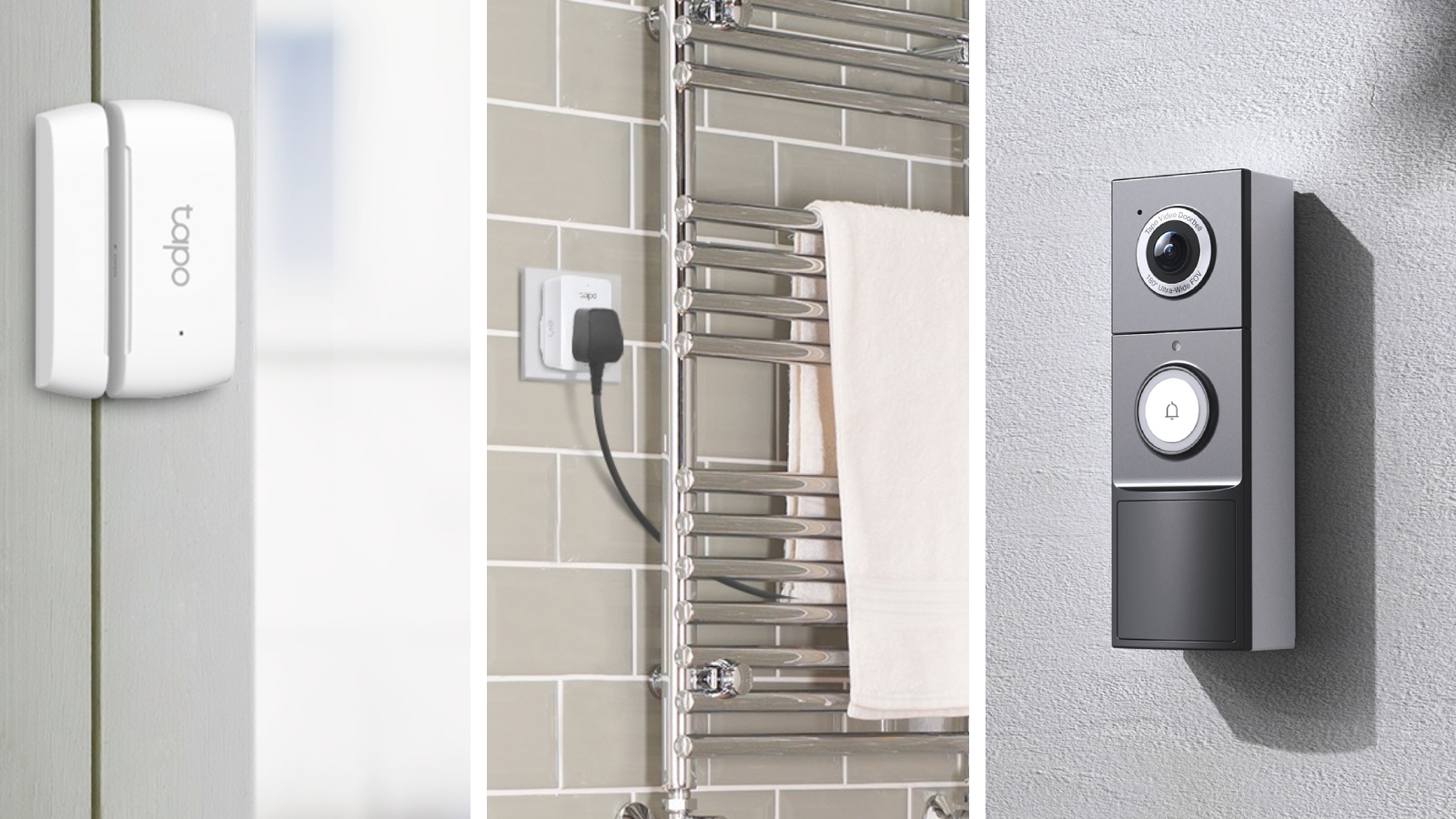

I’ve been writing about connected tech since 2010, back when “smart home” mostly meant a light bulb that you could turn on from your phone if you held your breath and stood in exactly the right corner of the room.
Yes, as Girl About Tech, I’ve seen it all over the years, from truly genius breakthroughs to the devices that fell into the 'fun but totally unnecessary' category. Remember the smart toaster that let friends burn a picture into your bread? Why, people, why? Or the smart fridges that loved to message you about your expired milk, as if you didn’t already feel bad enough about wasting it?
But among the gimmicks, there have been pieces of smart tech that genuinely make life easier. They've all earned a place in my home, not because they’re flashy, but because they quietly do exactly what I need them to.
8 smart home devices that have become an essential part of daily life
These are some of my all-time favourites: the clever, reliable tools that I now couldn't live without. Oh, and a couple of my expert pals have given their stamp of approval, too.
1. Smart lightbulb
One of the first smart products to reach the market was the smart lightbulb, the most famous of which is probably the Philips Hue. And it was certainly the first smart home item I owned. No more would my partner and I fight about who was going to turn the 'big' light' off before we went to bed. And that only scratches the surface of their usefulness. They are key to creating my layered lighting scheme.
"You can adjust the brightness, colour and even the mood of any room that has this nifty bulb," says Hayley Brown, smart home expert at AO.com. "You can make the most of seasonal lighting and even simulate a presence in the home if you’re away at any given time.
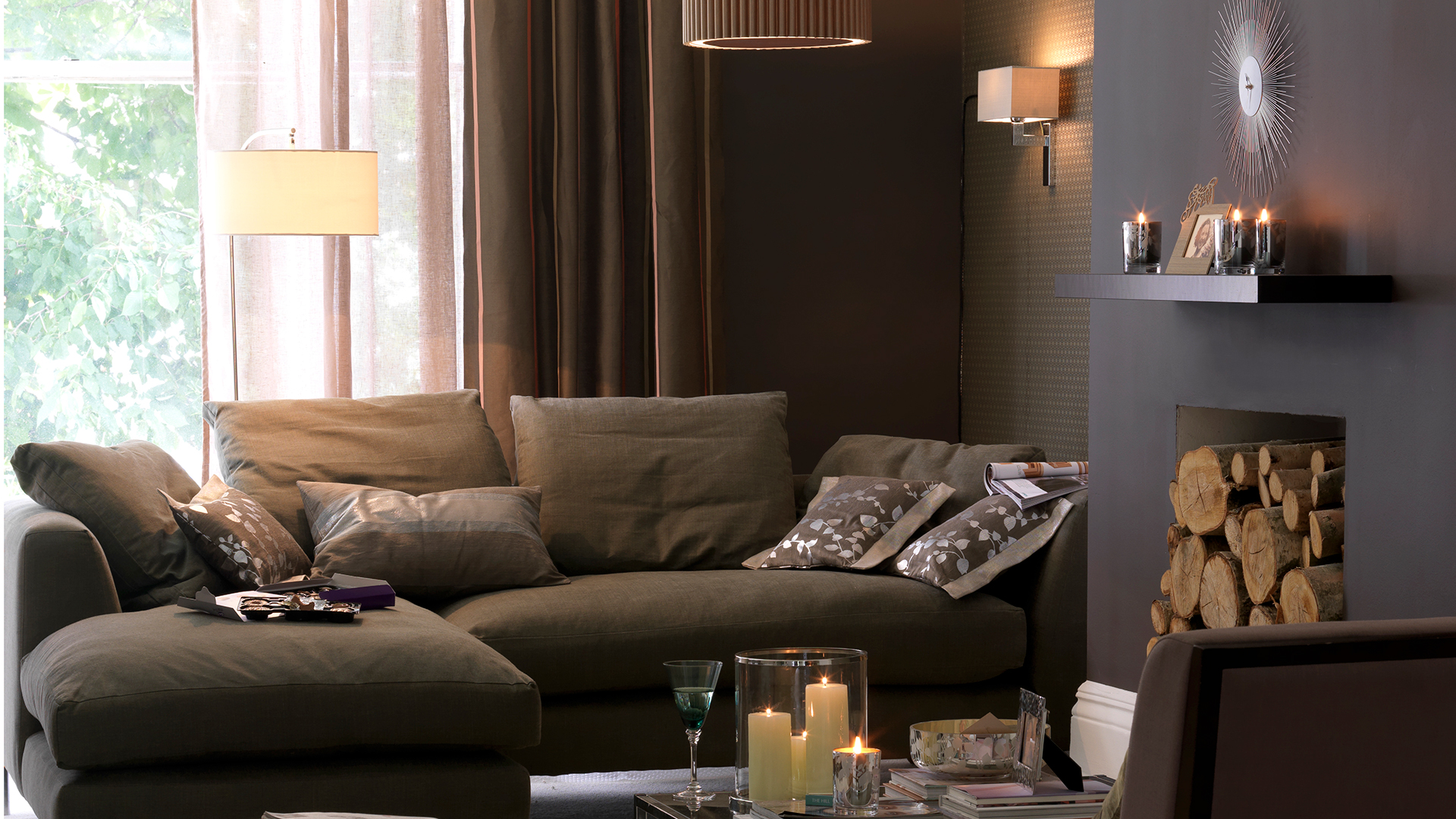
Smart light bulbs are also highly energy-efficient and often use far less than a traditional light bulb. This, coupled with a longer lifespan, means that an investment in a smart light bulb is money well spent.”
Sign up to our free daily email for the latest royal and entertainment news, interesting opinion, expert advice on styling and beauty trends, and no-nonsense guides to the health and wellness questions you want answered.
Inevitably, smart light bulbs do come with a higher cost than your typical light bulb. "And you should also measure up your light fittings ahead of time, to make sure whatever bulb you're buying is compatible," says Hayley. "Some smart light bulbs will also require a separate hub to use them, which means you may end up having to spend more than you initially thought.”
Wi-Fi and Bluetooth bulbs often do not need a hub, while Zigbee and Z-Wave bulbs typically require a hub to connect to your network. The main takeaway? Always check.

While I will always be a fan of the trailblazing Philips Hue range, this Amazon Basics bulb is an affordable introduction to smart lighting, provided you're happy to operate it through the Alexa app and aren't interested in changing its colour. No extra hub is needed, though, and for under £10 you get a 'soft white' bulb that can be dimmed and scheduled. B22 Base, Soft White, 8w (60w Equivalent), Works With Alexa Only, 1 Pack.

Hayley is AO's very own Audio, Smart Home & Tech expert who specialises in all things Apple.
2. Smart plugs
If you’ve ever been struck by that sudden “Did I leave the curling iron on?” panic after leaving the house, a smart plug is basically your new emotional support device.
I've long been a fan. I often use them when I'm on holiday to turn on the radio and the lighting at certain times of day. More recently, they have really helped my mother, who has been struggling with her mobility, to control appliances like her electric blanket and bedside lamps.
They are a favourite of Hayley Brown. "Smart plugs can be combined with almost any device to create an extra layer of home convenience," she says "They let you control your appliances remotely through your phone, so you can switch off lamps or straighteners when you’re not at home.”
And if you're keen to save energy in light of rising bills, they have another use. "Some plugs also have features that can measure how much electricity the appliance plugged into them is using, which is handy in identifying any energy-hungry appliances," says Hayley.

If you're going to buy a smart plug, make it this one. It's compatible with Amazon, Alexa and Apple tech and is super-easy to set up in its intuitive app. This plug can monitor your appliance's energy use, and be set to come on and off on a timer, so you aren't wasting a drop of electricity. Another small but important detail is that unlike some options, it won't block access to the wall switch.
There are, however, a few things you need to bear in mind when shopping for smart plugs. "The smart plug you buy should match the wattage of the appliance you’re attempting to control," says Hayley. "For example, high-power appliances like one of the best electric heaters might need a plug that supports more current than a smart plug can muster."
"It’s also important to know that some smart plugs will only work when your Wi-Fi is on," she says. "Should it drop out, then you may lose your remote control. Similarly, you should check beforehand that the smart plug works with your existing smart home ecosystem, like Alexa or Google, etc."
3. Smart lock
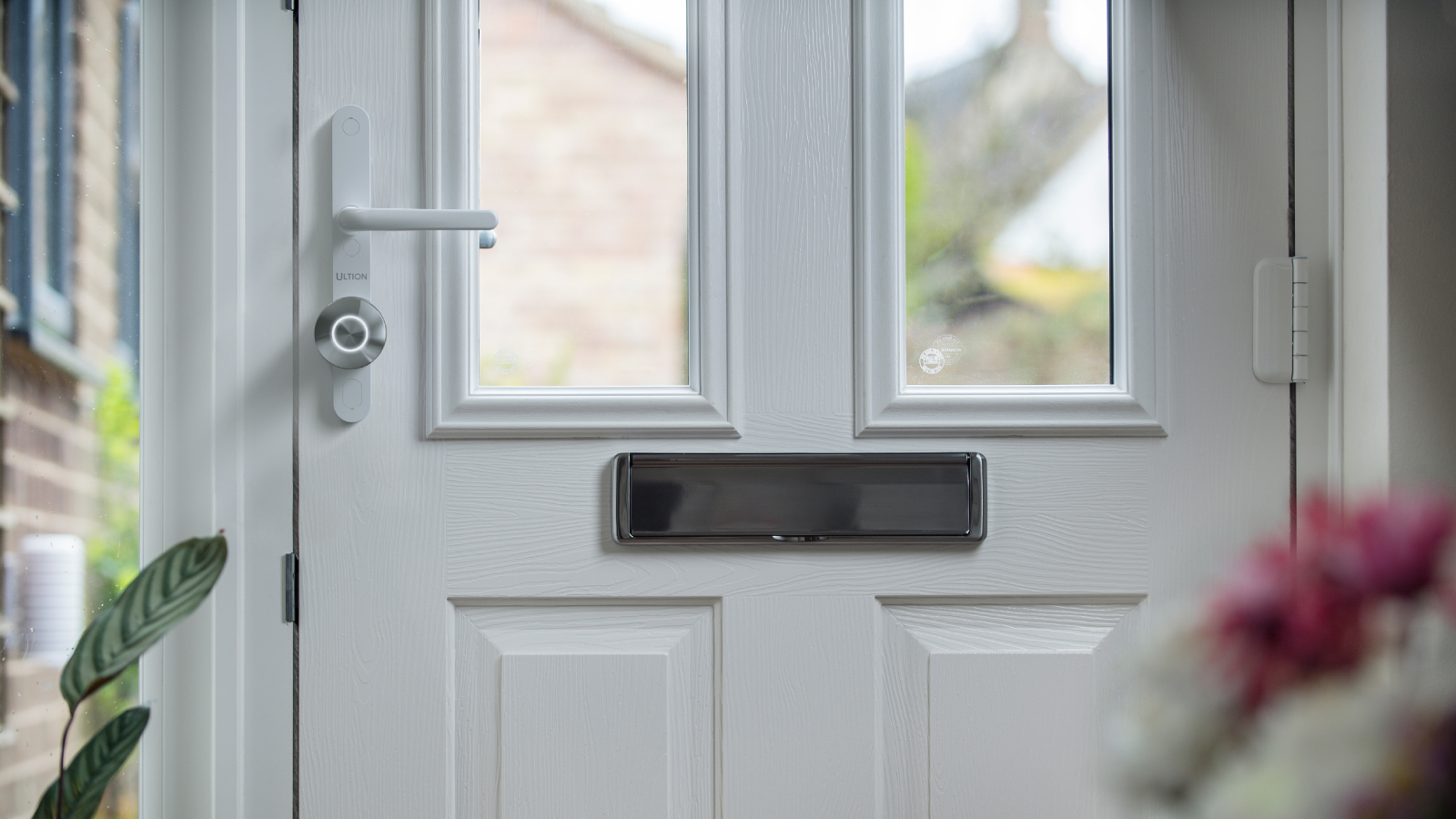
This is one of the newest additions to my list of ultimate smart home must-haves, and something I'm currently trialling. So far, I'm a convert.
The idea is simple. Instead of having to dig into your bag for keys every time you get to your door, it will automatically unlock when it senses you are in the vicinity – either through your phone or a smart fob. That means you don't have to worry about carrying keys and wrestling to unlock the door when your hands are full with bags, children, dogs, etc.
The door will unlock for a few seconds, giving you a chance to open it, then lock again once it's closed, keeping your home nice and secure. You also have the option to lock and unlock it remotely. So if you have teens prone to losing keys, you can let them in without actually having to give them a set.
The smart tech won't compromise your security either. For example, the Ultion Lock I'm about to test has anti-pick, anti-bump and anti-drill protection for greater defence against break-in attempts, and meets Police Preferred specifications, and the approval of the Master Locksmiths Association. And it can still be operated with a traditional key, if internet connections fail you.
Why a smart door lock is a good idea
According to a 2024 study by Yale, 23% of Brits said they don’t lock their front door while they’re at home, and 30% reported that they don’t change the locks when moving into a new place. Along the same line, over a third of people said at least one person has a spare key to their home, while 1 in 11 homeowners leave a spare key outside their house every day, despite the clear security risks.
Three smart locks to try

Yale's latest Linus L2 smart lock works in harmony with its other smart security devices. For example, as the door opens you can disable your Yale smart alarm and either record from your security camera to check your loved ones are OK, or turn it to privacy mode.

The Deadbolt Go allows you to grant anyone access to your door at a moment's notice. You can generate and share unique duration PIN codes and digital keys via Bluetooth from wherever you are through the app. Or use your Apple Watch to unlock it via voice, a tap or gestures. It's powered by 4 x AA batteries.
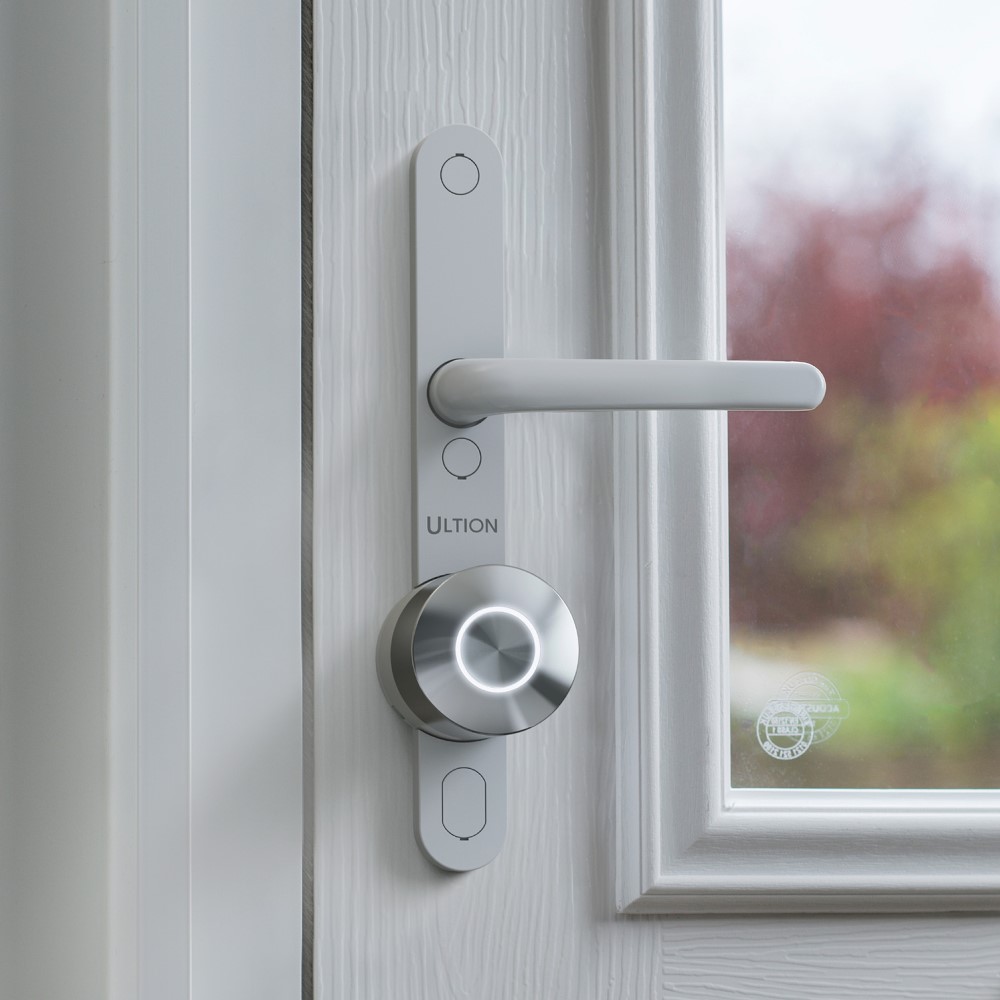
The Ultion Nuki 2025 lets you open your door without reaching for a traditional key. It features integrated Wi-Fi, eliminating the need for additional hubs, and is compatible with Apple Home, Google Home, Amazon Alexa, and Samsung SmartThings. Its built-in rechargeable battery will power your door lock for up to 9 months, and can be charged either on or off the door in two hours.
4. Smart thermostat
Early smart home tech was decidedly hit and miss, as I've already mentioned, but another device that quickly won my heart was my British Gas Hive thermostat. As well as being one of the prettier pieces of smart devices I own, it's also one of the easiest to use.
The latest models can save you money, too. British Gas states its Hive Mini can "lower your bills by up to £174 a year*". It does so with natty features like Geolocation Alert, which will send you a message if you've left the heating on after leaving the house. And we love the Frost Protection feature, which will warm your pipes automatically if very cold weather sets in, potentially saving you from hundreds of pounds of damage.
You can even see how your energy spend compares with the rest of your neighbourhood – handy for when your other half keeps insisting on whacking up the thermostat rather than putting on a jumper.
*Based on Ofgem's medium annual gas consumption of 11,500 kWh at the October 2025 UK average unit price of 6.288 pence per kWh.
5. Smart display

So you've got all this smart home tech, but how do you control it? Well, you can use your phone, but for the ultimate experience, I don't think you can beat a home hub display.
Smart displays take everything people already enjoy about smart speakers – hands-free help, voice assistants, music, answers to questions, and smart-home control – and add a touchscreen that lets you see and interact with information. Think of them as a smart speaker/tablet hybrid, but designed to stay plugged in on your kitchen counter or bedside table.
Once plugged in and connected to your wifi through the appropriate app, you'll be able to do all sorts of things through your smart display. Take video calls, follow step-by-step recipes, control your smart home devices through on-screen tiles, watch streaming services, and even use it as a digital photo frame. Most models also offer better sound thanks to their larger size.
Choosing the right smart display – Amazon's Echo Shows and Google's Nest Hubs are the key players – comes down to a few key factors: which voice assistant you prefer (Alexa or Google Assistant), the screen size you need, whether you want a built-in camera for calls or home monitoring, and what music or video services you use.
Amazon offers the broadest range, from the compact Echo Show 5 up to the stunning wall-mountable Amazon Echo Show 21, £399.99 (pictured), while Google keeps things simple with the Nest Hub and Nest Hub Max. I've used both and found them both to be excellent. So whatever ecosystem you prefer, you'll be happy.
6. Video doorbell
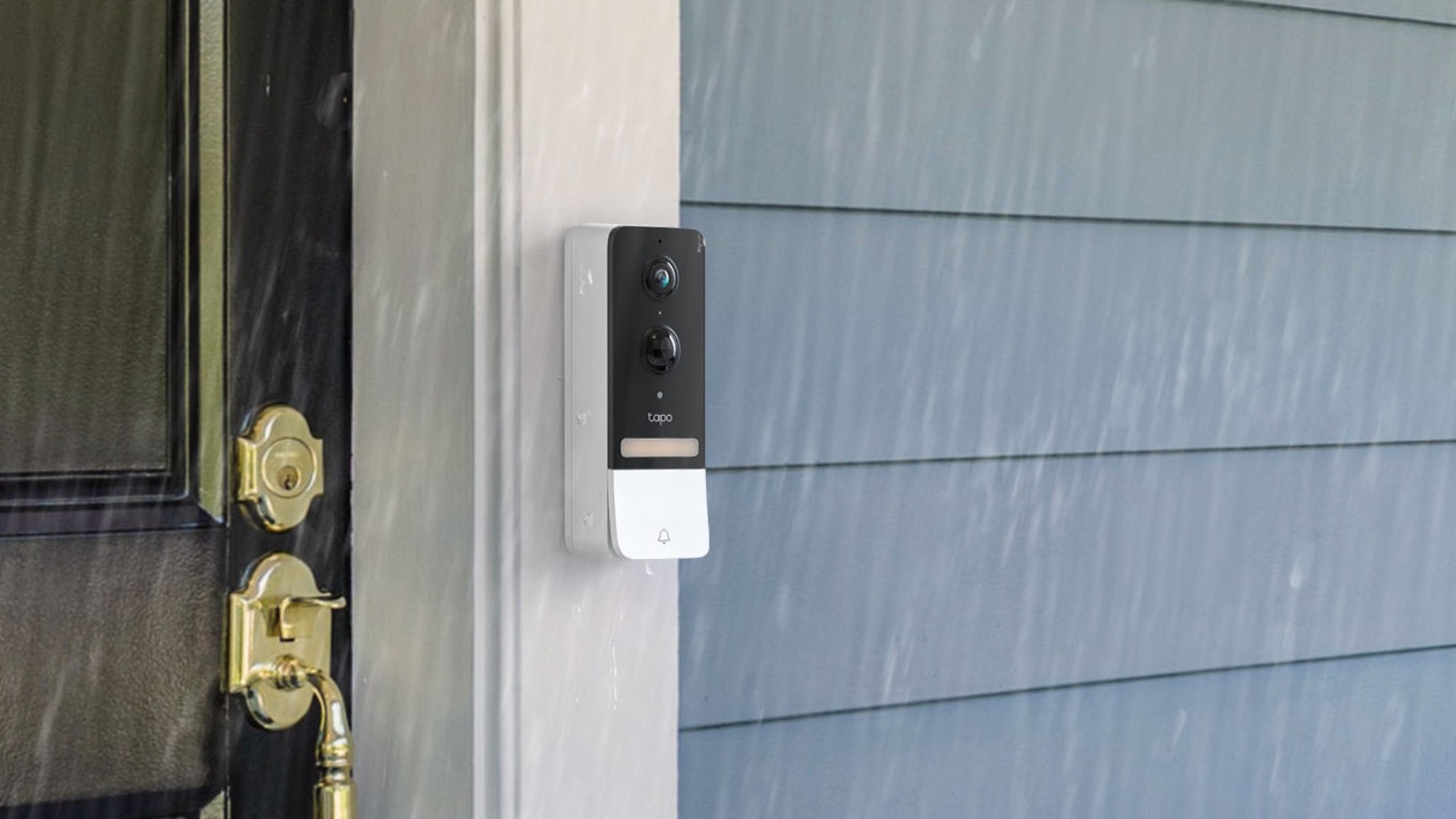
I wouldn't be without a decent video doorbell. With product testing a big part of my job, I receive multiple weekly deliveries, and having a way to keep tabs on them is essential. With a video doorbell, I can see what's been left on my doorstep, what's been dropped off at my neighbour and – in combination with a second security camera – what's been put at the back of the house in my 'safe space'.
It also gives me a little extra security when I'm home alone. I can vet any visitors and dodge cold callers, for example. Albeit these days, I'm prioritising models by Tapo, Eufy or Yale that don't come with costly subscription fees.
"Choosing a smart video doorbell that doesn’t require a subscription – but still offers one as an option – gives users flexibility in how they manage their home security," says Karl Woolley, Head of Product Security for Yale UK. "Even without a subscription, users can typically store a few days’ worth of footage in the cloud or download to their device (depending on the brand), and still enjoy access to all the device’s core features."
"A subscription simply adds the option to review older footage you may have missed through enhanced cloud storage," he says, "and unlocks advanced features like AI motion detection, offering an extra layer of peace of mind when you need it."
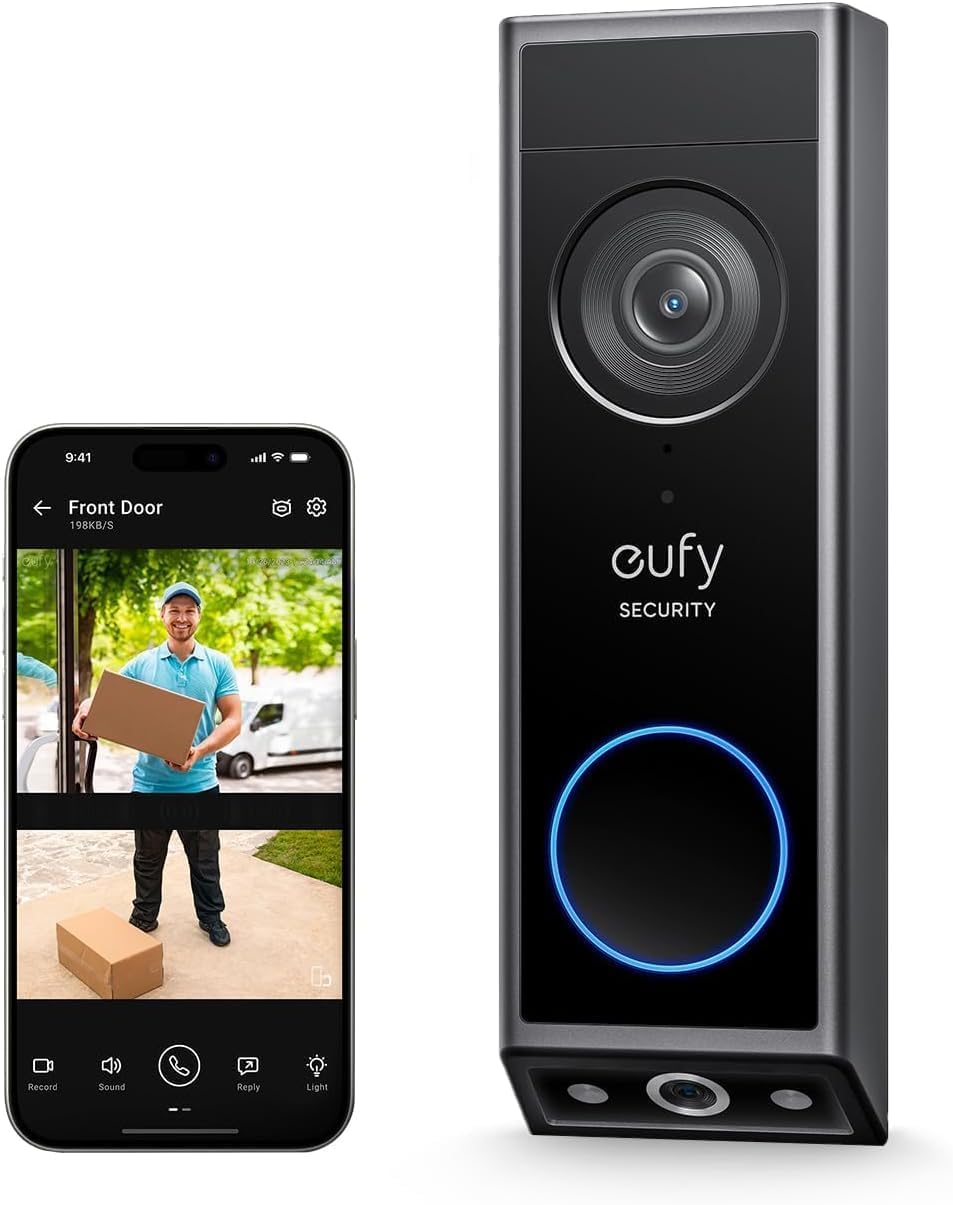
The Eufy E340 has topped many a 'best doorbell' list, not least because its dual camera system lets you keep an eye on arriving visitors and your doorstep at the same time. The doorstep cam is particularly useful for checking on deliveries. The 2K vision gives all the detail you need, and you can run it without a subscription.

This Black Friday offer lasts until 1st December and includes a doorbell camera with a full 1080p HD picture and a separate chime, which isn't always part of the package. You can have two-way video calls with visitors and set privacy zones to avoid recording certain areas.
If you're interested in buying one, I highly recommend you read up on the things to know before buying a video doorbell to make sure you're getting the right features for your circumstances.
7. Smart sensors
I'll be honest, smart sensors have been a late addition to my smart home set-up, as I was quite underwhelmed by the fledgling models I tried ten years ago. But I'm finding them increasingly tempting, having tried and been impressed with the latest from Aqara, and with models from Tapo and Yale in my sights.
Hayley at AO.com definitely thinks they're worth a look. "Running a smart sensor, be that a motion sensor or perhaps a door & window sensor, is ideal if you’re looking for tougher home security," she explains. "They tend to integrate well with your smart cameras or alarm systems, and you can even create settings that automate their actions. This means when motion is detected, the hall light is turned on, or perhaps when a window opens, it’ll pause any heating.”
If you're shopping for sensors, it's best to stick to a full ecosystem of smart devices, which also includes lighting and alarms. "Many sensors are battery powered, so you’ll need to check often to see if they need replacing," warns Hayley. "Similarly, sensors rely on good range and connectivity – you’ll be far better off if your sensors are nearer to your hub or central controller. A final note, be careful to check that the sensor you’re eyeing up is compatible with your chosen smart system and avoid any unnecessary spending.”

8. Smart floodlight camera
My final recommendation is what is often referred to as a floodlight camera, which typically combines a security camera and bright lighting in a single outdoor fixture. Connected to wifi, you can keep an eye on comings and goings, while the floodlight not only makes footage easier to see, it acts as a security deterrent, too.
I'm a big fan of Arlo security cameras in general, but my top recommendation is the Wired Floolight Cam, £169.99. Once installed, you never have to worry about changing the battery. Which, given you'll probably want to keep it high off the ground, is a big convenience.
It's compatible with Alexa and Google smart home systems and films clear 2K HDR video. It's even got a built-in siren you can set off via the app to deter intruders.

Amy is a PPA award-winning Digital Editor who has been working in the wonderful world of interiors for over 16 years. She has worked on titles including Inside Readers’ Homes, Inspirations for Your Home, Country House & Home and 25 Beautiful Kitchens magazine. After a stint on Beautiful Homes, she joined Ideal Home in 2010 as a Consumer Editor, then Technology Editor where she was better known as 'Girl About Tech' to prove her credentials as a product expert before landing the role of Digital Editor of Ideal Home in 2017. She has gone on to work as Group Digital Editor at Ideal Home, Homes & Gardens & Livingetc, Head of Homes Audience at Future, and Homes Editor at Saga.
Amy now works freelance across leading world-renowned Homes & interior, Lifestyle and Tech titles such as Saga, Tom's Guide, Digital Trends, Homes & Gardens, Real Homes and Ideal Home.
You must confirm your public display name before commenting
Please logout and then login again, you will then be prompted to enter your display name.